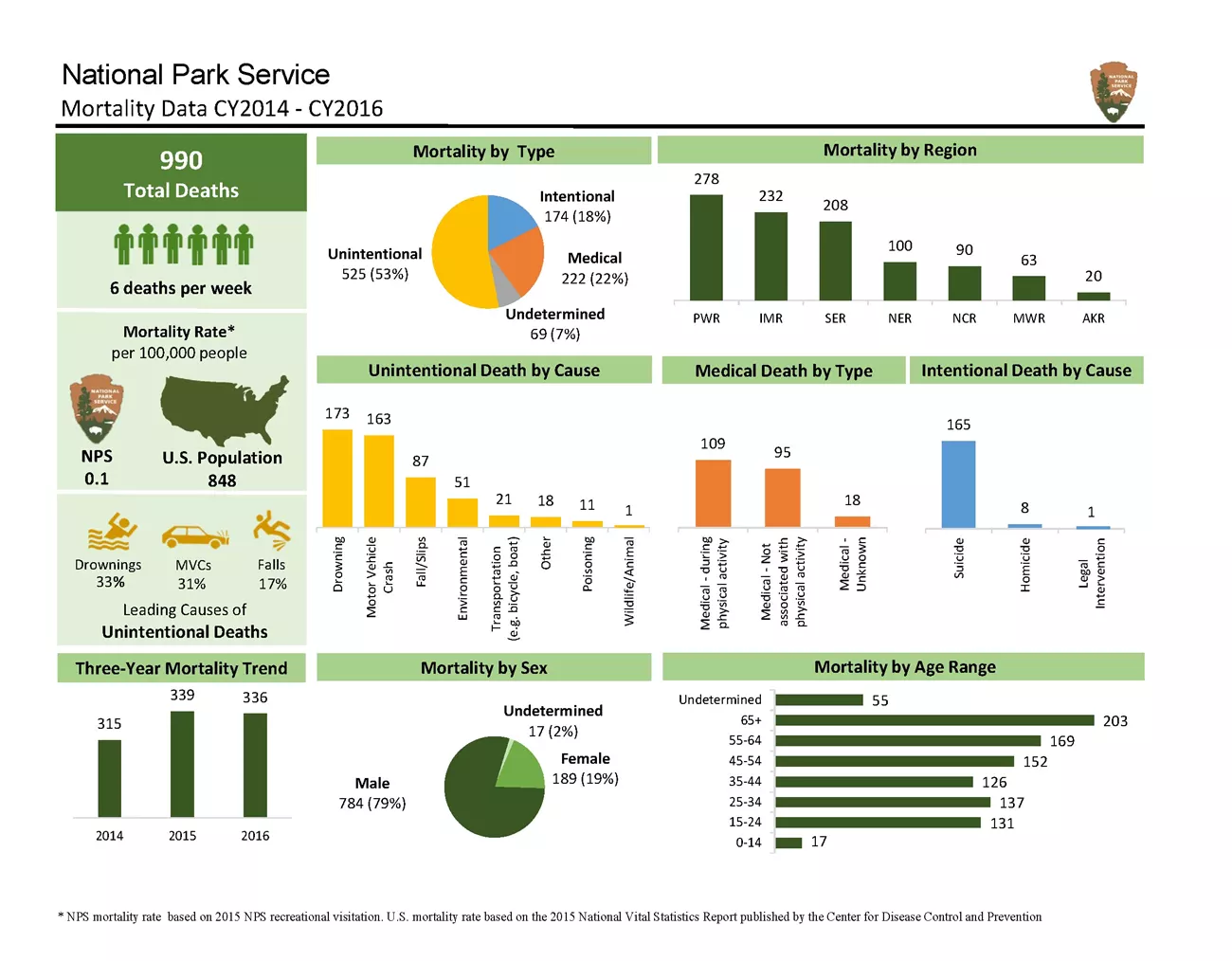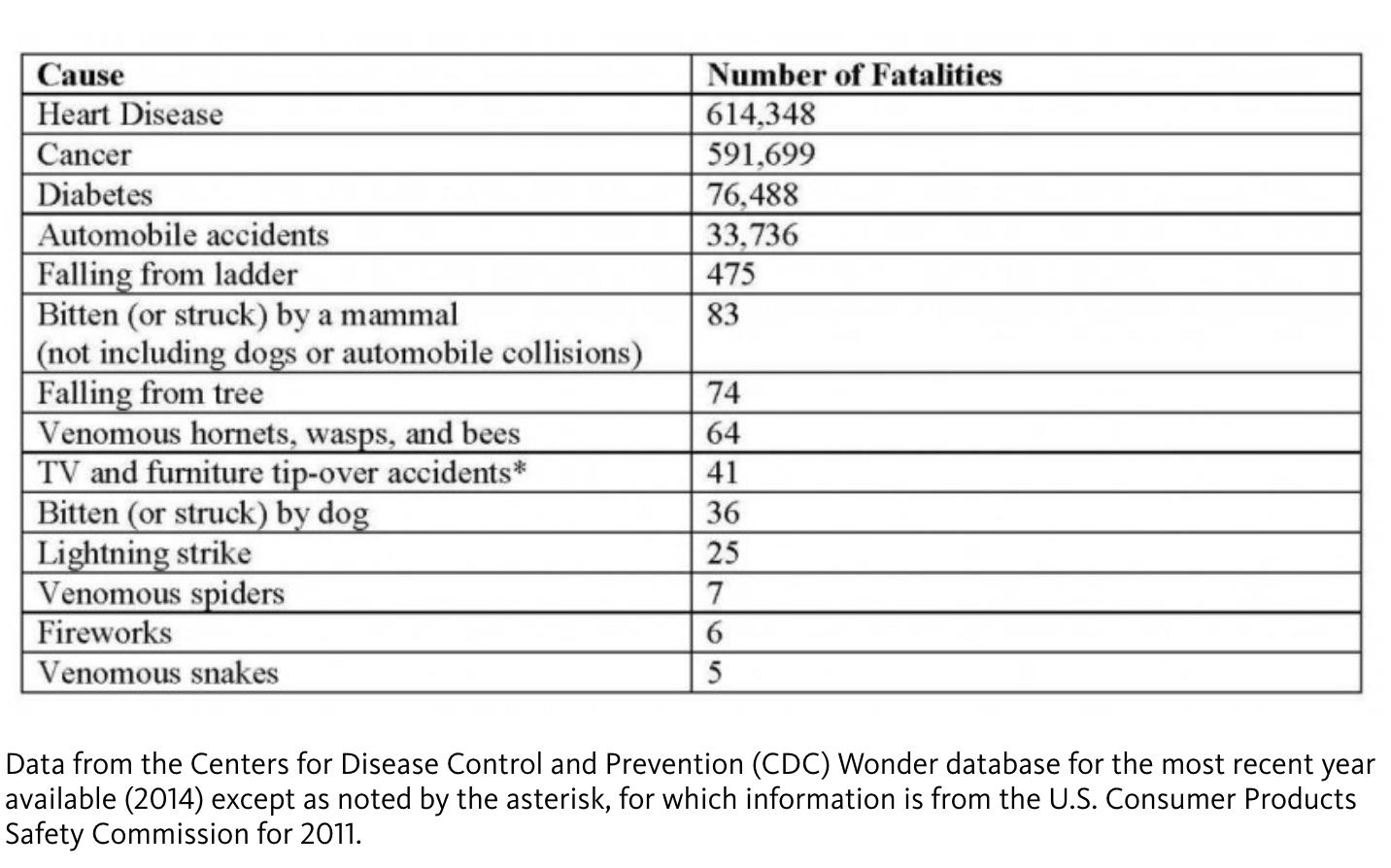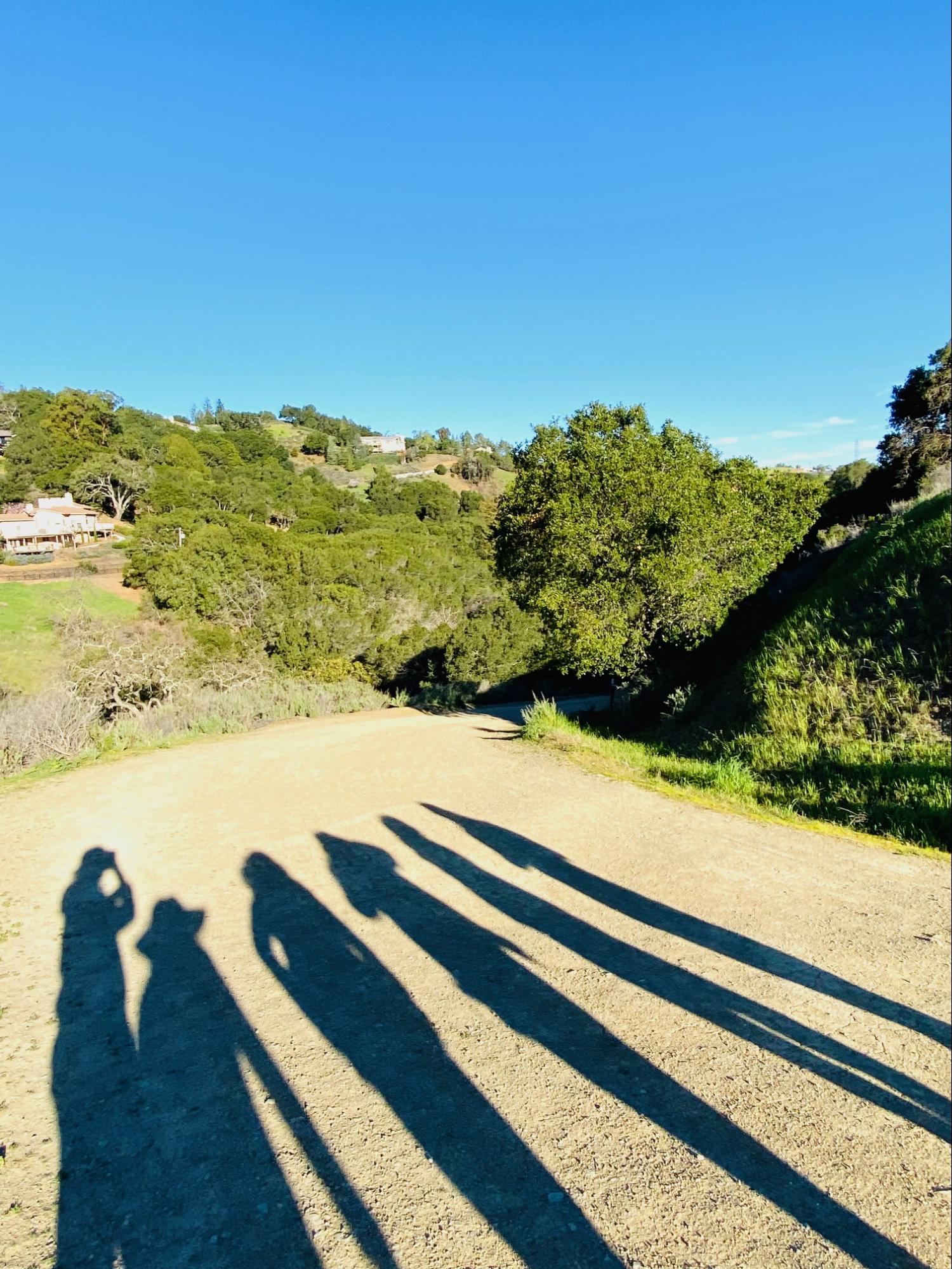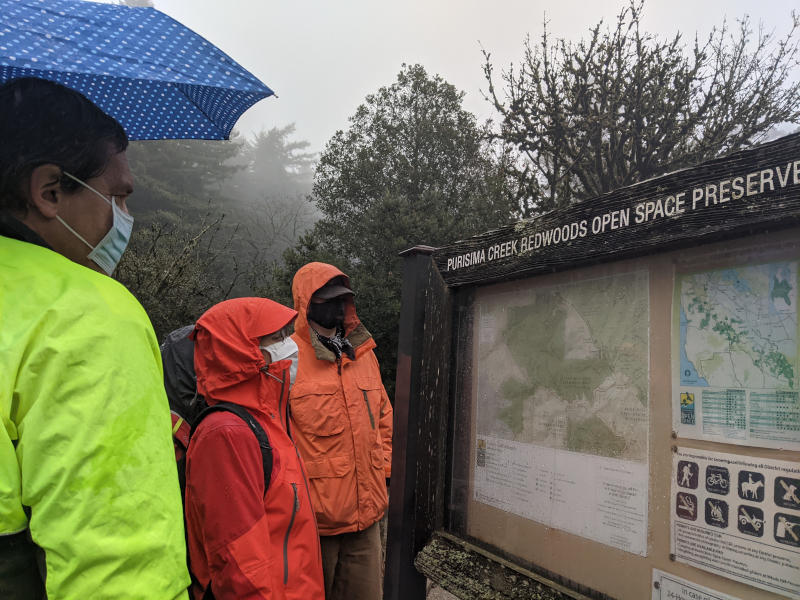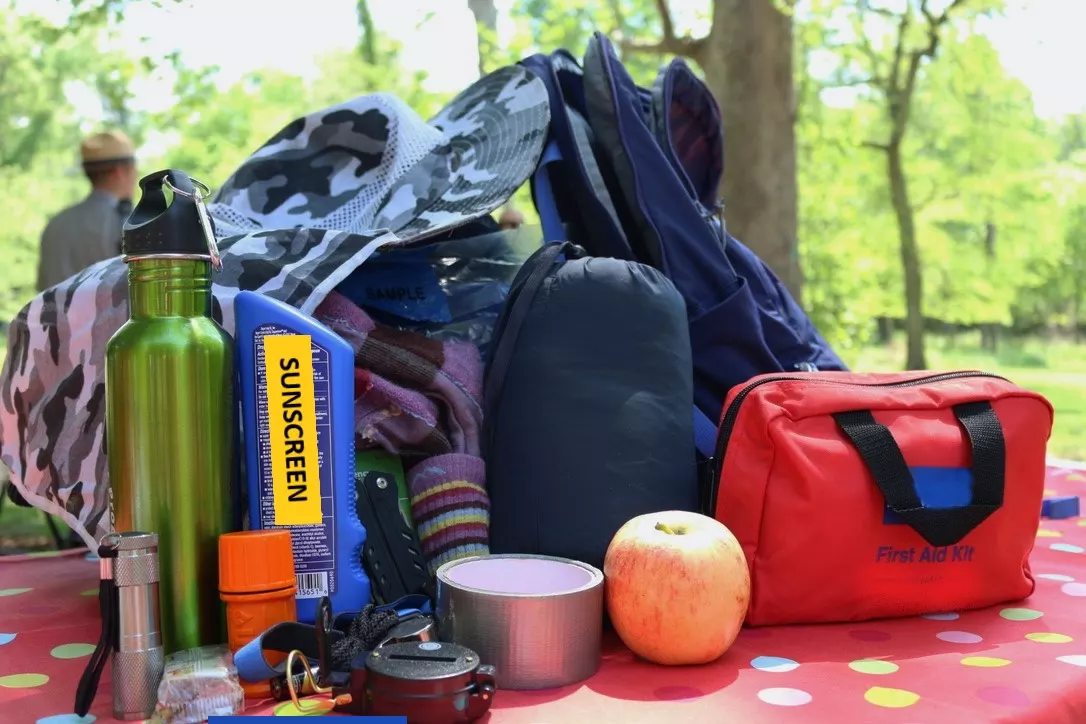Are you afraid of hiking just by looking at this photo? It was taken during our family reunion hike at Yellowstone National Park in 2019. We explored different trails for 10 days with great courage and came back safely! In March this year, my hiking friends were all shocked by a tragedy that happened in Rancho San Antonio County Park (RSACP), where a mother was killed by a falling tree during a boy scouts group hike. This tree fell on one of our favorite trails: Stephen E. Abbors Trail, also known as PG&E trail.
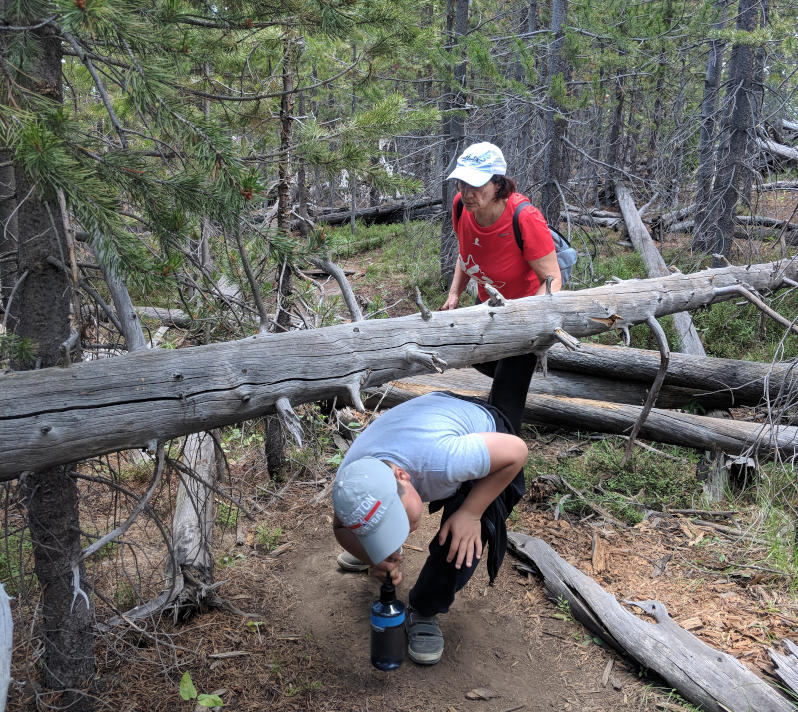
Since then, we still encouraged each other to continue our weekly hikes, but changed to a different route with fewer trees near the trail. In May, the weather finally became drier and warmer, so we got back to Coyote Loop Trail to hike under trees and along creeks, staying alert for closure notices or any signs of danger, like dying or leaning trees. Last week, one friend alerted us that a hiker got bitten by a rattlesnake and was airlifted to a hospital. This second incident made my hiking group worried again about safety on the trails, but it also motivated me to do a little research on hiking risks.
In this article, I will share the hiking risk statistics collected by reliable agencies and a comprehensive guide of hiking safety tips suggested by outdoor experts at National Park Service (NPS). Hope you will find it helpful to stay safe and keep moving on hiking trails.
Is Hiking Dangerous?
First of all, please don’t get discouraged by these reported incidents. In general, hiking is considered a very safe activity with great benefits. According to a survey conducted by NPS from 2014 to 2016: “the mortality rate is 0.1 deaths /100,000 recreation visits which is very low when compared to the mortality rate of the overall U.S. population (844 deaths/100,000 people)”. Among these deaths, 53% are unintentional, 17% unintentional cases were due to fall/slips during hiking, and 0.01% were due to wildlife/animals.
Note, this NPS chart does not label any incidents caused by falling trees, which may be included as “other”, as part of 3% of unintentional cases. The Midpeninsula Regional Open Space District stated the tragedy happened in March at RSACP was the first incident of its kind during its 50-year history. According to the National Center for Health Statistics (NCHS), there were an average of 22 deaths per year caused by falling trees or branches in the United States from 2013 to 2018. According to the Occupational Safety and Health Administration (OSHA), an average of 100 people are killed by falling trees in the United States every year. The majority of these deaths occur in the landscaping and tree care industry. Considering the 332 million population in the United States, the likelihood of being injured or killed by falling trees on hiking trails is very low.
What about snake bites?
An interesting article posted by the National History Museum is titled “Misplaced Fears: Rattlesnakes Are Not as Dangerous as Ladders, Trees, Dogs, or Large TVs”, written by Dr. Greg Pauly, the Curator of Herpetology and Co-director of the Urban Nature Research Center. He quoted the data from Centers for Disease Control and Prevention (CDC) and concluded that many snake bites were the result of poor decisions by people. The general rules are to “stay observant, watch your step, and treat wildlife with appropriate respect, you can avoid most of these uncommon threats”.
“Hike Smart” Safety Tips
Many online resources offer great advice on hiking safety, but personal experiences are always helpful. Below are some of my tips for smarter and safer hiking I’ve learned online and while hiking with my family.
Know your limit
(click here to read the full tips )
This is the first checkpoint before you plan for your hike. If you are a beginner, I highly recommend you join a hiking group, and you will be supported to gradually increase your strength and ability.
You could also add running or hill climbing several times a week in your own neighborhood, where you won’t get lost. This will certainly build your muscles and stamina and prepare you for hiking trails in nature.
Check out this article written by a hiking group member and get inspired to embark on a group hike!
Plan your hike
(click here to read the full tips )
For our weekly hikes, we always gather to discuss and decide on where to go before heading to the trails, even though we’ve been hiking in RSACP for many years. This is even more critical if you hike in a new trail. All the national, state, or regional parks offer trail maps on site and online with latest trail conditions. Some parks are located in remote areas with weak cell signals, so carrying a hardcopy trail map or downloading it to your phone is essential.
If you hike with young children, you may give them trail maps and show them how to navigate. It’s fun to set up a goal and let children lead the way. We did this in Uvas Canyon County Park. Successfully, we reached our goal to visit all the waterfalls in the park.
What to bring
(click here to read the full tips )
For a short hike within a few hours, we usually carry a bottle of water, a hat, and a small bag with a phone, a quick snack, IDs, and keys etc. If you go on a long hike of more than a half day, please pack all the 10 essentials. Carrying a compass, and learning how to use it, will prevent you from getting lost, which is one of top risks during backpacking.
In 2014, a woman solo hiker got lost in the Appalachian mountains, and died after 26 days in her tent, only 2 miles away from the trail. Sadly, she didn’t carry any compass or GPS beacon for this long journey of backpacking by herself. If she were in a group, she could have kept moving and found the way out.
Hike smart
(click here to read the full tips )
Among all these “Hike Smart” tips, staying on trails is one of the easiest to do, but often ignored, especially on the trails hiked regularly. During our Monday hike this week, we saw a sign posted that Farm Bypass Trail is closed between Wildcat Loop Trail and Coyote Trail in RSACP. Because of the perfect weather, one hiking friend insisted on walking around the sign and continuing to hike on that closed trail. We persuaded her from doing so, and reminded everyone of the past incidents of falling trees in this park.
This reminds me of a tragedy that happened in 2019, that a Cupertino resident was killed by falling ice and rocks on a closed trail in Yosemite National Park, after ignoring the signs and going around a gate that warned visitors of the closure. We all need to remember this lesson no matter how confident we feel on the trails.
Thank you for reading to the end of this long article. Hope you learned a lot from the resources cited here. I’d like to end here with a “loud” message from Dr. Greg Pauly who wrote the snake article mentioned previously.
“GET OUTSIDE! Go for a hike, a bike ride, or a jog. Regular exercise helps to prevent heart disease, the number one cause of death in the U.S., and also reduces the risk of diabetes.“
If you would like to share with us your hiking stories, please submit it via email info@walkbikecupertino.org. Have fun on hiking trails, stay safe and keep moving!

